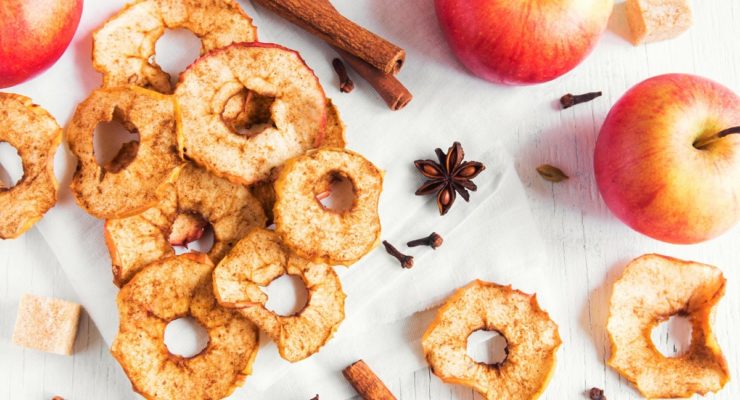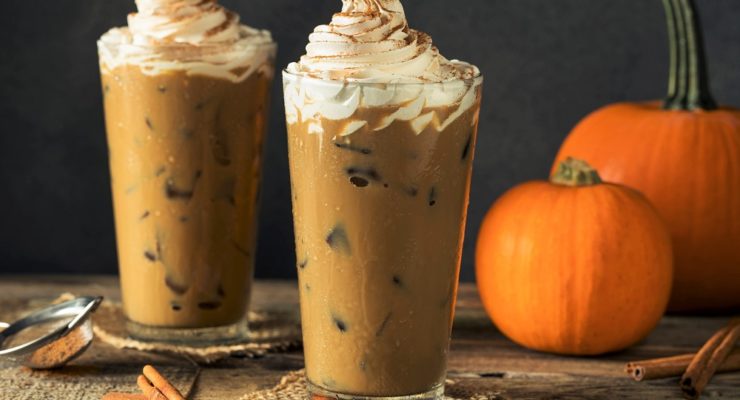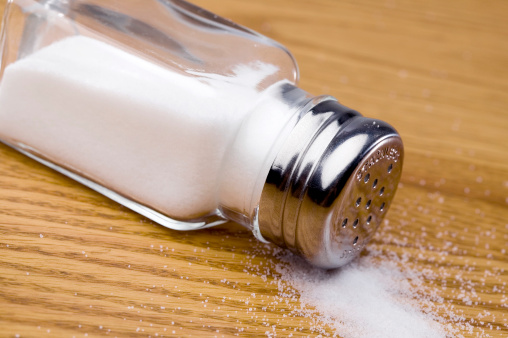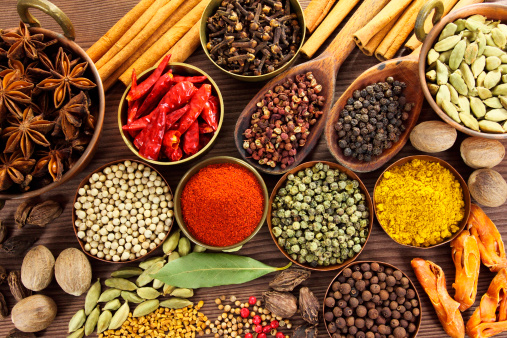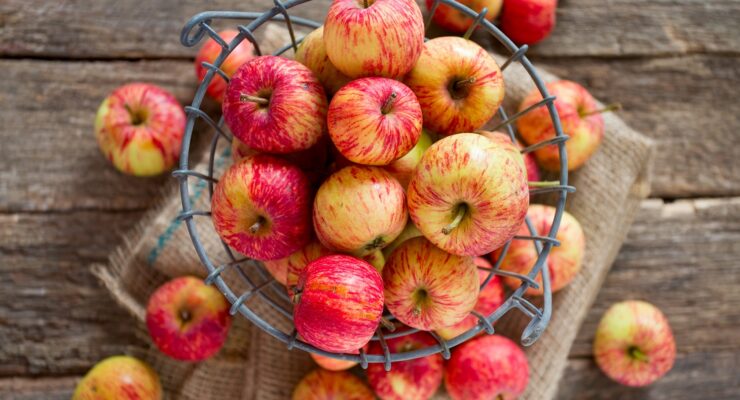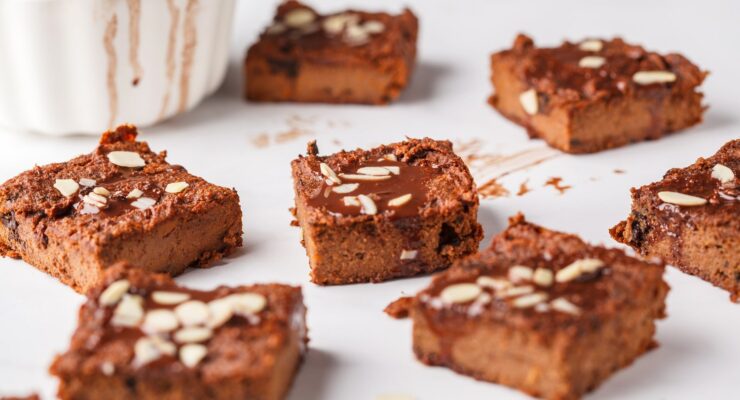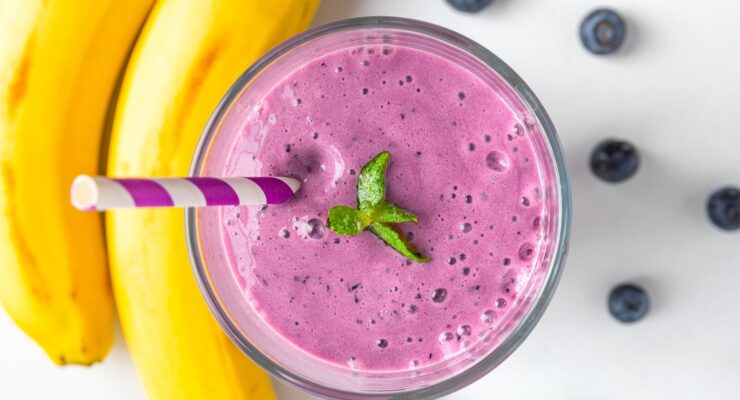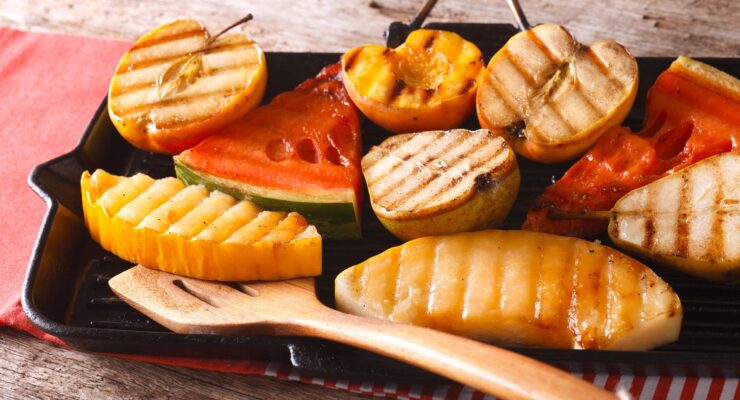6 Cooking Mistakes That Cause Weight Gain
Article posted in: Diet & Nutrition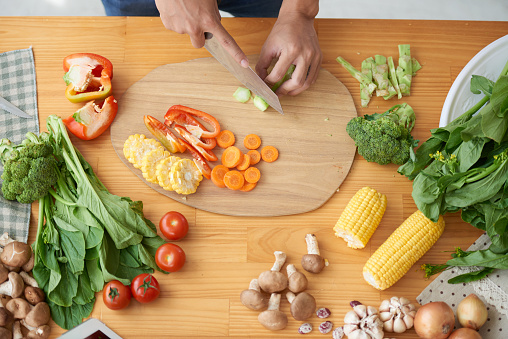
Last year, researchers at Johns Hopkins Bloomberg School of Public Health struck a blow for the health benefits of home cooking. In a study, they found that meals cooked at home contain less fat, less carbohydrates and less sugar than restaurant fare.
While studies show that homemade is generally best, there are some common cooking mistakes that can turn a healthy made-with-love meal into a calorie bomb. Read on to learn which ones—and how you can avoid a costly (in calories) kitchen disaster:
1. You’re using too much of a good thing.
You switched to olive and canola oil because you know they’re good for you. But if you’re trying to lose weight on a diet, a little goes a long way.
Studies have found that olive and canola oils—both monounsaturated fats—lower your total cholesterol and “bad” LDL cholesterol, and may even help you maintain good blood sugar control. But the truth is, they’re both fats and calorie-wise, they’re no different than lard.
Fat contains nine calories per gram so one tablespoon (about 14 grams) of olive and canola oil supply a little more than 120 calories, says the United States Department of Agriculture (USDA)—the same as any kind of oil. Use them, but judiciously.
2. Your frying pan gets too much of a workout.
Fried foods get their bad rap from the fat they’re fried in. (See above for the score on fat calories.) But what you may not know is that if you have a genetic risk for gaining weight, eating fried foods increases your risk of becoming overweight or obese, even if you have them only once or twice a week.
Harvard researchers discovered this when they analyzed the food consumption and genetic risk scores of more than 37,000 people. In their study, published in 2014, they found that those with a high genetic risk who ate fried foods one to three times a week were heavier than people who ate the same amount of fried foods but had no risk factors for obesity.
Roasting, baking, poaching and broiling are the best alternatives to frying, both for your weight loss plan and your health.
3. You’re over-salting.
Too much salt isn’t just bad for your health, it’s bad for your waistline, too. One reason: Salt increases thirst. That would be fine if you quenched it with plain water, but we tend to turn to calorie-packed drinks or diet sodas that, studies suggest, may actually contribute to weight gain.
One study, published in the journal Diabetes Care, found that having diet drinks daily increases your risk of metabolic syndrome, a diabetes precursor, marked by high blood pressure, high triglycerides and obesity.
Since we get about 20-30 percent of our fluid from food, a salty diet may make us eat more, too. The scariest scientific finding of all: Salt may make fat cells larger. No one needs that! See below for your alternatives.
4. You ignore your spice rack.
Fat, salt and sugar are largely responsible for making food taste good, but they’re killers when it comes to your weight loss and health.
Add a zing of flavor to your meal plan with herbs and spices. Try cinnamon or nutmeg on your oatmeal, bay leaves in soups and stews, cayenne pepper on meats and in salad dressings, dill on steamed or roasted veggies, cilantro in dressings and chicken dishes, or rosemary in sauces, with roasted meats, and veggie mixes with tomatoes and mushrooms.
There are even some herbs and spices that can help you lose weight. Take cumin for example. It’s one of the spices, along with chili powder, that gives chili its earthy flavor and it’s also common in Middle Eastern cooking.
It may also be a fat-burner. In one study from Iran’s Shahid Sadoughi University, overweight women who reduced calories and ate cumin-spiced yogurt lost almost three times more body fat than those who only cut calories.
Big bonus: At the end of the three-month study, the women who had a daily dose of cumin also knocked almost 10 points off their LDL cholesterol (the bad one) and dropped their triglycerides by 23 points.
Make sure you also have cayenne, cinnamon and ginger in your spice rack. Cayenne is also a fat-burner, while cinnamon and ginger help control blood sugar, studies have found.
5. You’re overusing sugary condiments.
Burgers and French fries are nothing without ketchup, but have you ever checked out the ingredients list on America’s second favorite condiment (mayo is first, according to supermarket reports)?
One tablespoon contains four grams of sugar—almost as much as you’ll find in one of America’s favorite cookies (chocolate chip). Pickle relish contains about the same amount, says the USDA. Barbecue sauce contains even more—six grams of sugar per tablespoon, according to the USDA’s nutrient database.
While they may make food taste great, these condiments are hidden sources of sugar in your diet and they can contribute to it adding up fast. Of the fatty condiments, mayo is the major culprit. You can add 100 calories and 10 grams of fat to your sandwich just by spreading on a layer of mayo.
Switch to healthier condiments such as salsa, mustard and hot sauce, which don’t contain sugar or fat.
6. You nibble and taste while you cook.
Just two little cubes of cheese you mindlessly nibble while you’re preparing dinner can add 200 calories to your day, almost the same number you’d get if you ate a chocolate bar.
It’s tough to avoid temptation when you’re in its lair—better known as the kitchen—so be prepared. Keep some crunchy veggies and low-fat dip out in case you can’t resist.
Better yet, chew some gum. A Louisiana State University study found that people who chewed gum were less likely to snack mindlessly than those who didn’t chew gum.

